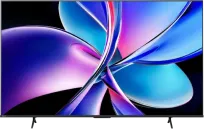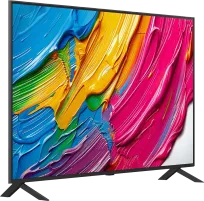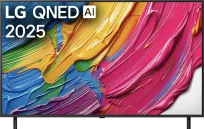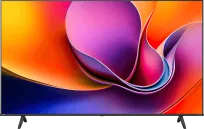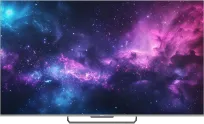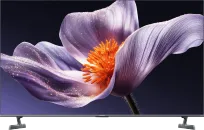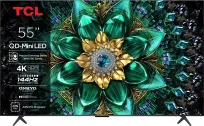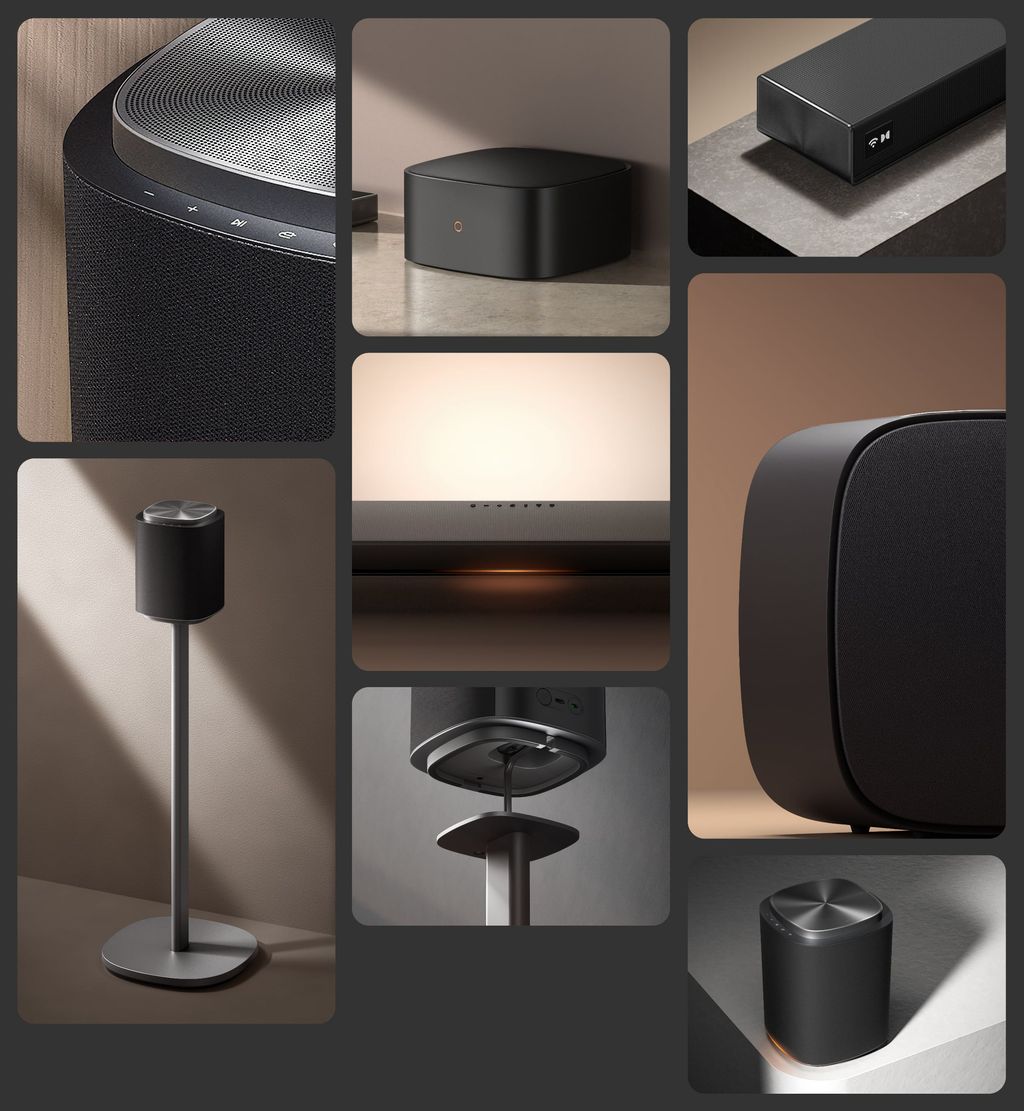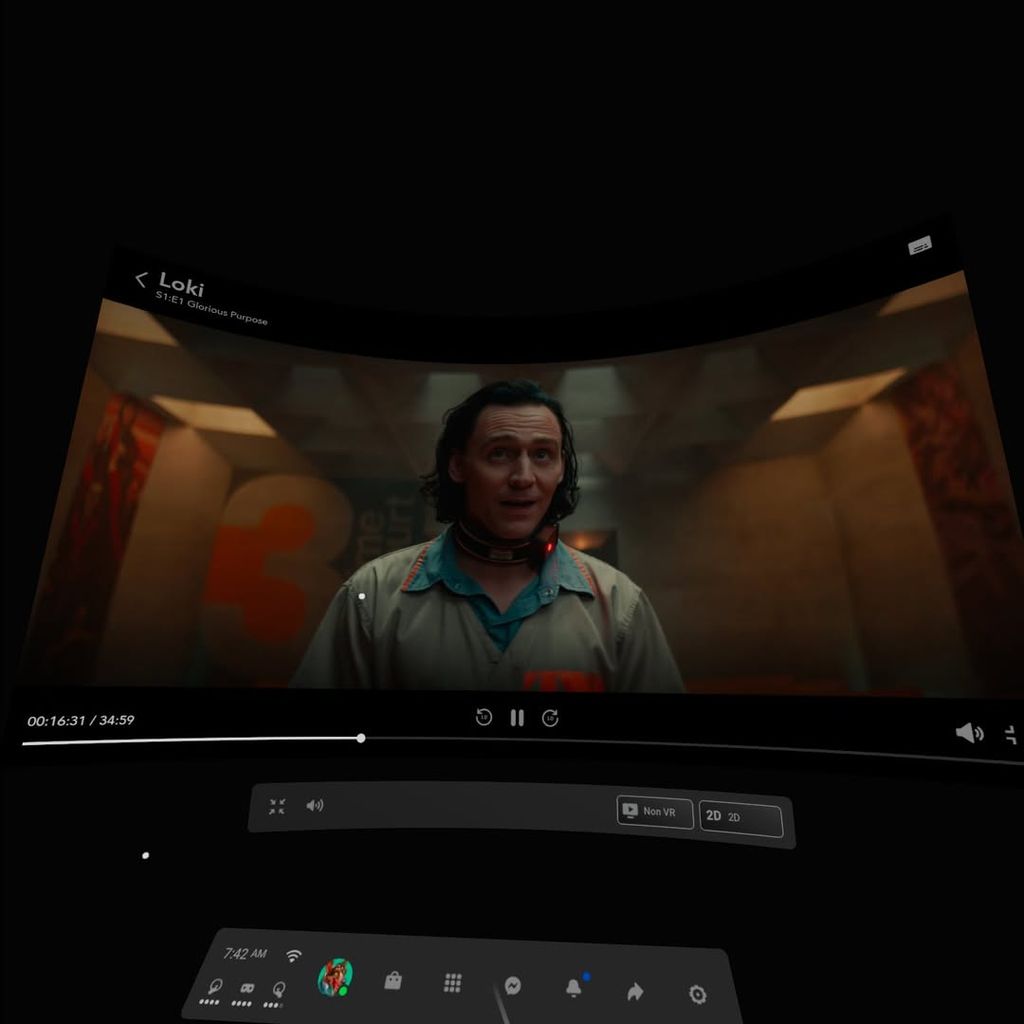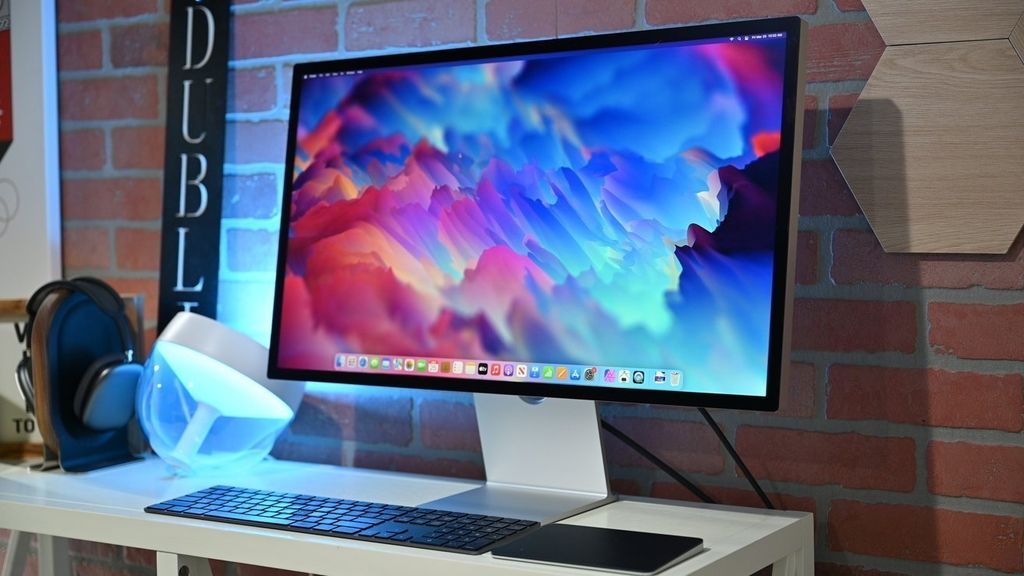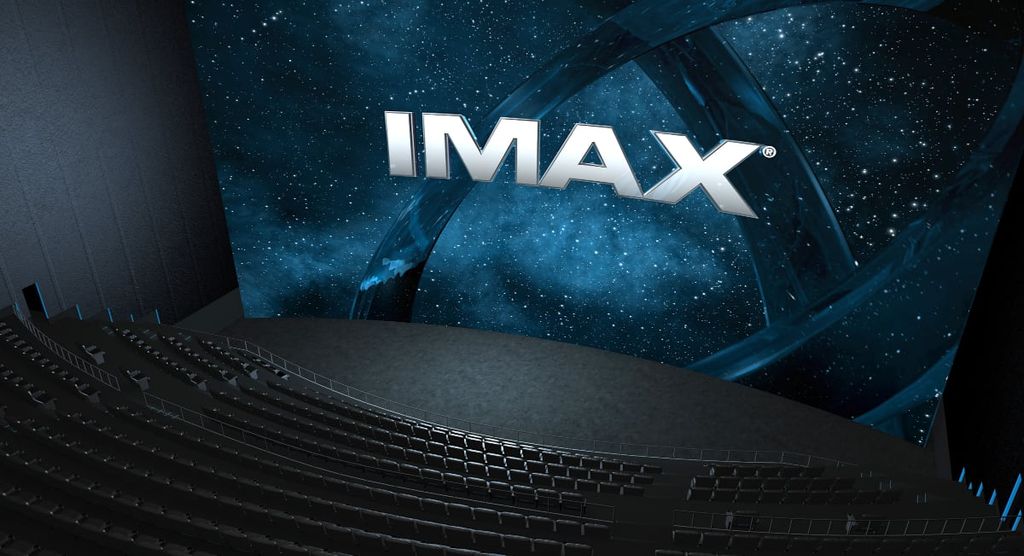
We were at LG's headquarters and checked out the new televisions for 2025. We're not theorizing – we have the first measurements.
We're not relying on press releases, we're not copying presentations from CES – we were on-site at LG, where we saw and tested the new TV models for 2025. We had them in front of us, we measured brightness, checked angles, reviewed the new WebOS, and – yes – we played Game Pass without a console.
LG OLED G5 – it is brighter than we thought.
OLED G5 is not just another minor update – it’s a model that introduces real changes where they have been most needed. First and foremost: brightness. G5 utilizes a new Tandem OLED matrix, and our initial tests have shown that this results in a noticeable effect. In a standard brightness measurement on a 10% window, G5 achieved a result of over 2200 nits. This is clearly more than last year's G4 and definitely one of the highest results we have recorded so far for OLED televisions.
However, the real difference appears where OLEDs usually falter – in full-screen, bright scenes. In our procedure based on a sequence from the movie The Meg, where the entire screen is filled with intense light, G5 maintains very high luminance (around 1900 nits), showing no typical drop in brightness often associated with OLEDs. In practice, this means that the screen does not dim as aggressively under load. Moreover, in this particular scene, it outshined the Sony Bravia 9, which is one of the highest-rated MiniLEDs from last year. This is the first time that the difference between an OLED and a MiniLED in this area is starting to realistically blur.
Additionally, there is 165 Hz refresh rate, which will mainly be appreciated by PC gamers, and a new Magic remote with gesture control functionality. The WebOS in this year's version is a separate topic – it operates faster, has support for Copilot and Xbox Game Pass, but we will take a closer look at that later.
LG OLED C5 – finally breaks the 1000 nits barrier.
The C5 model may not have the letter "G" in its name, but this is the first time you don't have to worry about the selection due to lower brightness than in MINI-LED TVs. In our film measurements, C5 exceeded 1000 nits brightness, which means that HDR finally looks as it should (most films are created for this brightness) – with strong reflections and better details in bright parts of the image. In addition, low input lag, full support for Dolby Vision, HLG, and HDR10, and the new WebOS system with Game Pass, Copilot, and a Magic remote with gesture support. The C5 will be available in sizes from 42 to 83 inches, although – as is often the case – the smallest model may vary in panel type, which may affect its brightness. But for most users, especially in sizes 55–77 inches, this will be a very successful continuation of the C4 model, which simply makes sense – both in terms of quality and price. Although regarding the latter (price), we have to honestly say, it will not likely encourage purchases. At least at the start.
LG OLED B5 – the cheapest OLED TV from LG.
Series B has been the most accessible OLED in LG's offering for years, and the B5 continues exactly that. The new model is a slightly improved version of the B4 (still inferior to the C4), but with minor enhancements – including in image processing and the new WebOS system, which appears in all this year's OLEDs. It is not a television that will perform well in a very bright living room during the day, but for evening viewing of series and movies – it will be perfect. We still have here the typical strengths of OLED: deep blacks, good colors, and an image without the effect of over-saturation. The operating system is the new WebOS, which is the same as in the more expensive models – with access to the same apps and features. In short: the B5 is an OLED, it is a television for those who want to enter the world of OLEDs without overpaying and do not need the highest brightness to be completely happy.
QNED9M, QNED85 and QNED80
Although LG focuses mainly on its OLEDs in communication, the QNED line for 2025 has also been refreshed. We have here three main models: QNED9M, which offers wireless connection to an external box, QNED85/86/87, the successor to QNED87T, and the basic QNED80. The models still rely on LCD technology, utilizing PFS LED diodes, which provide wide color gamut coverage and decent brightness. However, during the presentation, we noticed something that unfortunately is not new for LG but also for other manufacturers – depending on the diagonal, the same model may have a different panel. This means that in one version of the TV, we might encounter a ADS panel (similar to IPS), while in another – a VA, which provides higher contrast and better black levels. Such a "panel lottery" is a practice among manufacturers that can have a real impact on picture quality, especially in darker scenes or during evening viewing.
From our side – after initial tests and analyses – we definitely recommend that before purchasing a specific size, check what type of panel has been used there. This year we will try to check and test each size individually for you.
New Magic remote – a minimalist design that may appeal to some, though not everyone.
The new Magic remote has been designed with simplicity in mind – there are fewer physical buttons, and the layout is clearer. Some may appreciate the minimalism that resembles remotes known from Samsung's offerings or the latest Sony models, while others may find this change too limiting.
The remote offers intuitive control of basic functions such as volume adjustment, channel switching, and quick access to applications and voice assistant. On one hand, fewer buttons make the device look more modern and fit better in the hand; on the other hand, for users accustomed to more elaborate interfaces, this may be a challenge.
Strong Entry of LG in 2025 – OLEDs Have Never Been So Bright
After the first measurements, it's hard to overlook what LG has done in 2025. The OLED G5 is a television that sets a new standard for brightness in this technology, and the C5 for the first time truly crosses the barrier that has separated the mid-range from premium models for years. Even the B series has gained a bit of freshness, while still remaining the most affordable option for those who simply want a good picture in the evening. The changes are significant, especially in the OLED segment, which until now has been seen as a compromise between quality and brightness. Now that compromise is starting to disappear – and not just on paper, but in the specific movie scenes we are testing.
 Katarzyna Petru
Katarzyna Petru